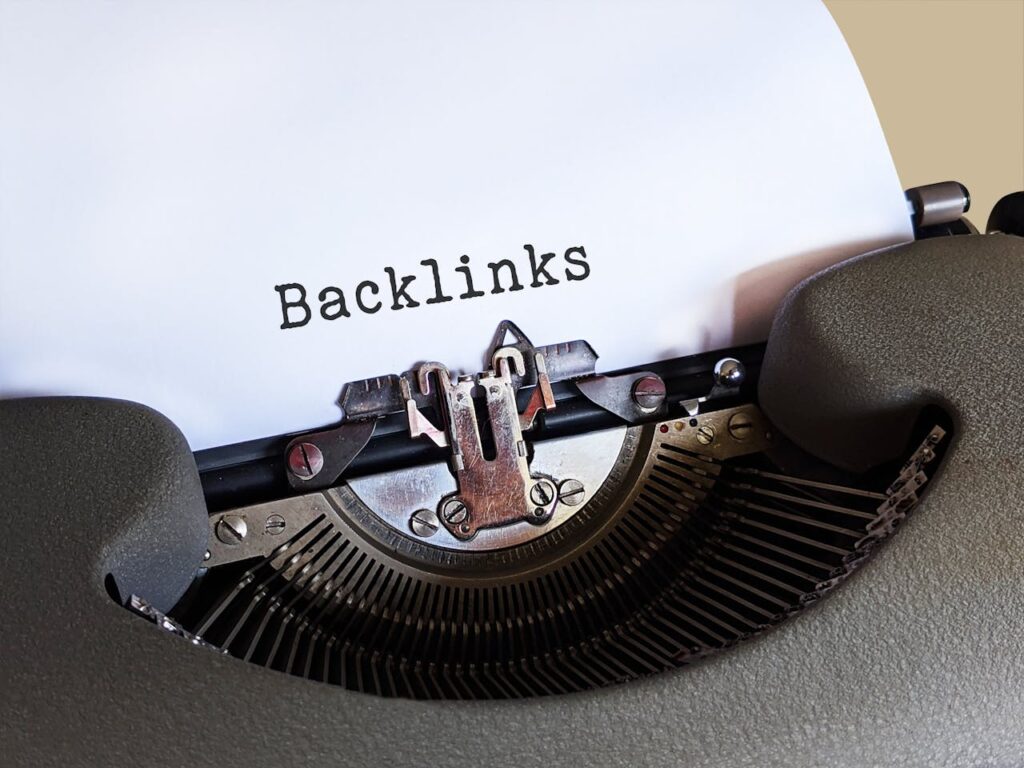
Understanding Backlinks in Press Releases: Do-Follow, No-Follow, and How They Impact Your SEO
When it comes to Search Engine Optimisation (SEO), one of the most important – yet often misunderstood – factors is backlinks. Backlinks, which are links from other websites to your own, play a vital role in determining how search engines rank your site. They come in two main types: do-follow and no-follow links, and both types are crucial elements in any effective press release coverage resulting from your distribution.
A well-optimised press release should always contain a mix of links within the overall coverage it generates, and PR Fire offers a range of guaranteed publishing options that are both do-follow and no-follow.
While these types of links have different impacts on SEO, each plays a significant role in building your site’s authority and driving traffic. In this guide, we’ll explore what do-follow and no-follow links are, why both are useful, what link equity is, and why Domain Rating (DR) and Domain Authority (DA) matter when it comes to the press release coverage your business secures.
What Are Do-Follow and No-Follow Links in Press Release Coverage?
Backlinks in press release coverage are one of the primary ways search engines measure the credibility and authority of your website. But not all backlinks are created equal, especially when your press release generates media attention. Here’s where the difference between do-follow and no-follow links comes in.
Do-Follow Links
A do-follow link in the coverage your press release receives is a type of backlink that passes SEO value from one website to another. These links act as endorsements, signalling to search engines that the site being linked to is credible and trustworthy. In the context of press release coverage, securing a do-follow link from a reputable news site or media outlet can have a significant positive impact on your site’s ranking.
For example, when your press release gets picked up by a high-authority site, a do-follow link in the coverage will transfer link equity, boosting your site’s SEO. The PR Fire platform offers guaranteed press release publishing on selected media outlets where do-follow links are included. This not only increases the visibility of your release but also passes valuable SEO “juice” to your website.
No-Follow Links
A no-follow link in your press release coverage doesn’t pass direct SEO value, but it still serves an important role. When a website uses a no-follow link, it essentially tells search engines not to pass on SEO authority. While this might seem less beneficial, no-follow links still offer significant advantages in the broader SEO strategy for your press release.
Press releases often generate coverage on platforms that use no-follow links (such as certain high-traffic news or content-sharing sites). While these no-follow links may not directly boost your search rankings, they help in driving traffic to your site, raising brand awareness, and making your link profile look more natural. PR Fire’s distribution packages include options for publication on sites that use no-follow links, ensuring your press release reaches a wide audience while still contributing to your online visibility.

Why Are Both Types of Links Useful in Press Release Coverage?
When writing and distributing a press release, many people focus solely on obtaining do-follow links from coverage. However, a good press release strategy should aim to include both do-follow and no-follow links from the coverage it generates for a well-rounded SEO approach. Here’s why:
Do-Follow Links: Building Authority and Trust
- Boost SEO directly: Do-follow links contained in press release coverage pass on link equity from the media site or blog that publishes your press release to your website, helping to improve your site’s search engine ranking.
- Authority and credibility: A do-follow link from a high-authority media outlet signals to search engines that your website is a trusted source of information. This is particularly important for press releases, where the goal is often to establish your brand as an industry leader. PR Fire offers publishing with do-follow links which will give you the added advantage of boosting your direct SEO with credible endorsements.
No-Follow Links: Increasing Visibility and Traffic
- Drive traffic: Even though no-follow links in press release coverage don’t pass on direct SEO value, they can still drive significant traffic to your website. Press releases published on popular media platforms with no-follow links can generate a high volume of visitors who are interested in your story, product, or service.
- Natural link profile: Search engines look for a natural and diverse link profile. Having only do-follow links in your press release distribution might look suspicious to search engines, which could negatively affect your SEO. A mix of do-follow and no-follow links, such as the ones offered through PR Fire, helps create a more balanced, organic-looking link profile.

What Is Link Equity and How Does It Affect Your Press Release?
Link equity (also known as “link juice”) refers to the SEO value that is passed from one site to another via backlinks. In press releases, when the coverage you generate includes do-follow backlinks from credible sources, those sites transfer some of their authority to yours, increasing your own site’s credibility.
Not all links pass the same amount of link equity. The more authoritative the website linking to your press release coverage, the more equity it passes on. For instance, a do-follow link from a major news outlet will provide more SEO benefit than a link from a lesser-known blog.
However, no-follow links in press release coverage, while not directly transferring link equity, still contribute to your site’s overall performance by driving traffic and creating diverse link sources, which are essential for a healthy SEO strategy.
What Are DR and DA and Why Are They Important in Press Release Coverage?
Domain Rating (DR) and Domain Authority (DA) are metrics used to evaluate the authority and credibility of a website. These scores play an important role in how much value a backlink from a site will add to your press release’s SEO.
Domain Rating (DR)
Domain Rating, as measured by Ahrefs, is a score that evaluates the strength of a website’s backlink profile. The higher the DR of the site publishing your press release coverage, the more valuable the backlink. Press releases distributed through PR Fire can offer significant SEO benefits by securing authoritative do-follow links.
Domain Authority (DA)
Domain Authority, calculated by Moz, is another widely-used metric that predicts how well a site will rank on search engines based on its backlink profile. Like DR, the higher the DA of the site linking to your press release coverage, the more value it adds. Distributing your press release through services that secure high-DA backlinks can greatly enhance your SEO efforts.
Common Misconceptions About Backlinks in Press Release Coverage
1. Only Do-Follow Links Matter
One common misconception is that only do-follow links matter for SEO. In reality, a mix of both do-follow and no-follow links in press release coverage is important for a natural and healthy link profile. No-follow links may not pass SEO value directly, but they help in driving traffic, generating brand awareness, and providing balance in your overall backlink strategy.
2. Quantity Over Quality
Another myth is that the more backlinks your press release coverage has, the better. However, it’s not the quantity, but the quality of backlinks that truly matters. A few high-quality backlinks from authoritative media sites can be far more impactful than hundreds of low-quality links. PR Fire ensures your press release gets published on reputable sites that can enhance your SEO with both types of high-quality links.
In Summary
Backlinks in press release coverage, whether do-follow or no-follow, are essential for building a strong online presence and improving your SEO. A well-optimised campaign should always contain a mix of both link types within the coverage it generates to drive traffic, increase visibility, and build a natural link profile. PR Fire offers a mix of guaranteed publishing options, ensuring your press release secures high-quality do-follow and no-follow links.
By understanding the role of both link types in press release coverage, you can better select the options for your campaign that strengthen your SEO, boost brand authority, and drive meaningful traffic to your website. Purchase your distribution package today.
